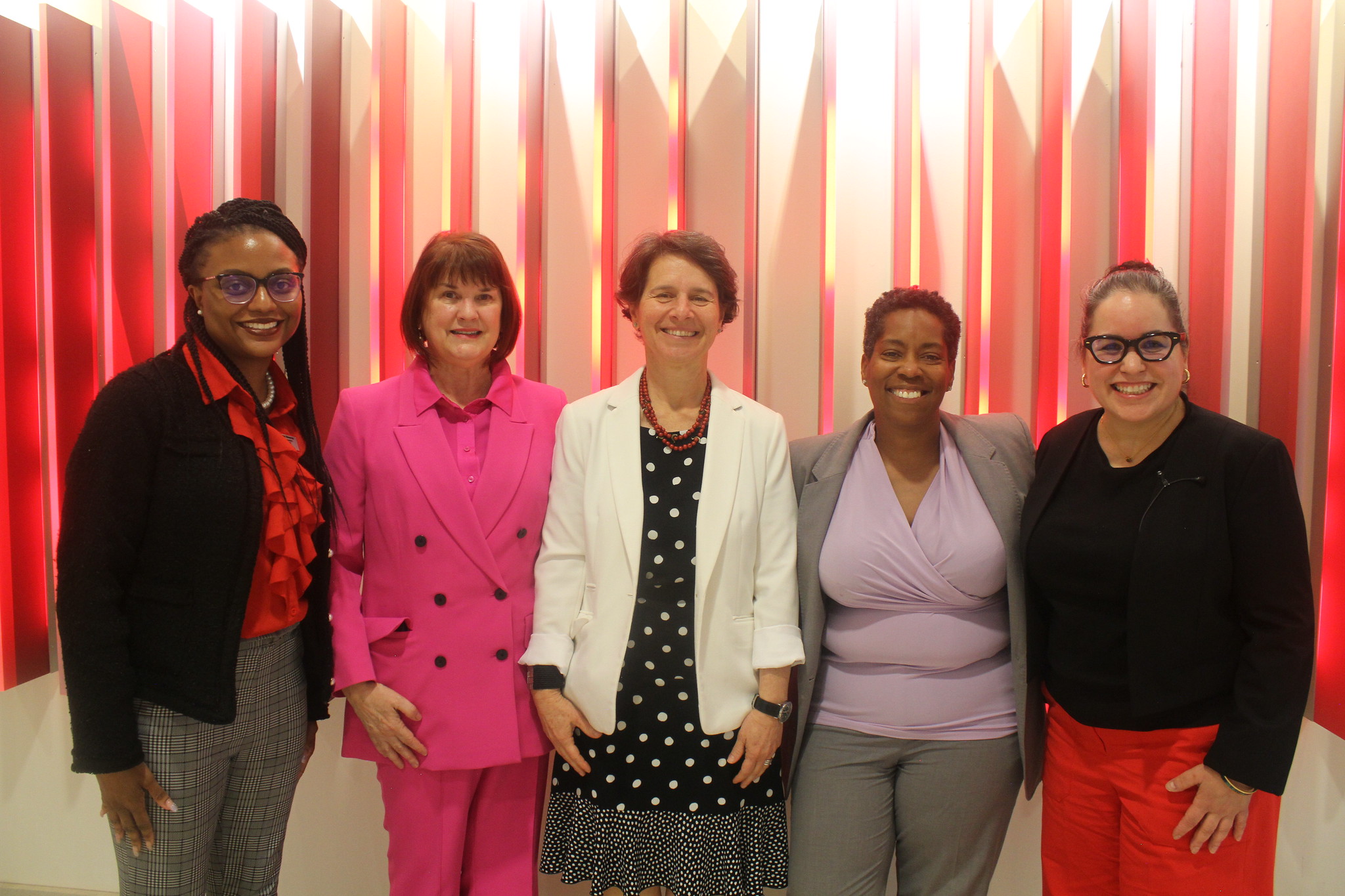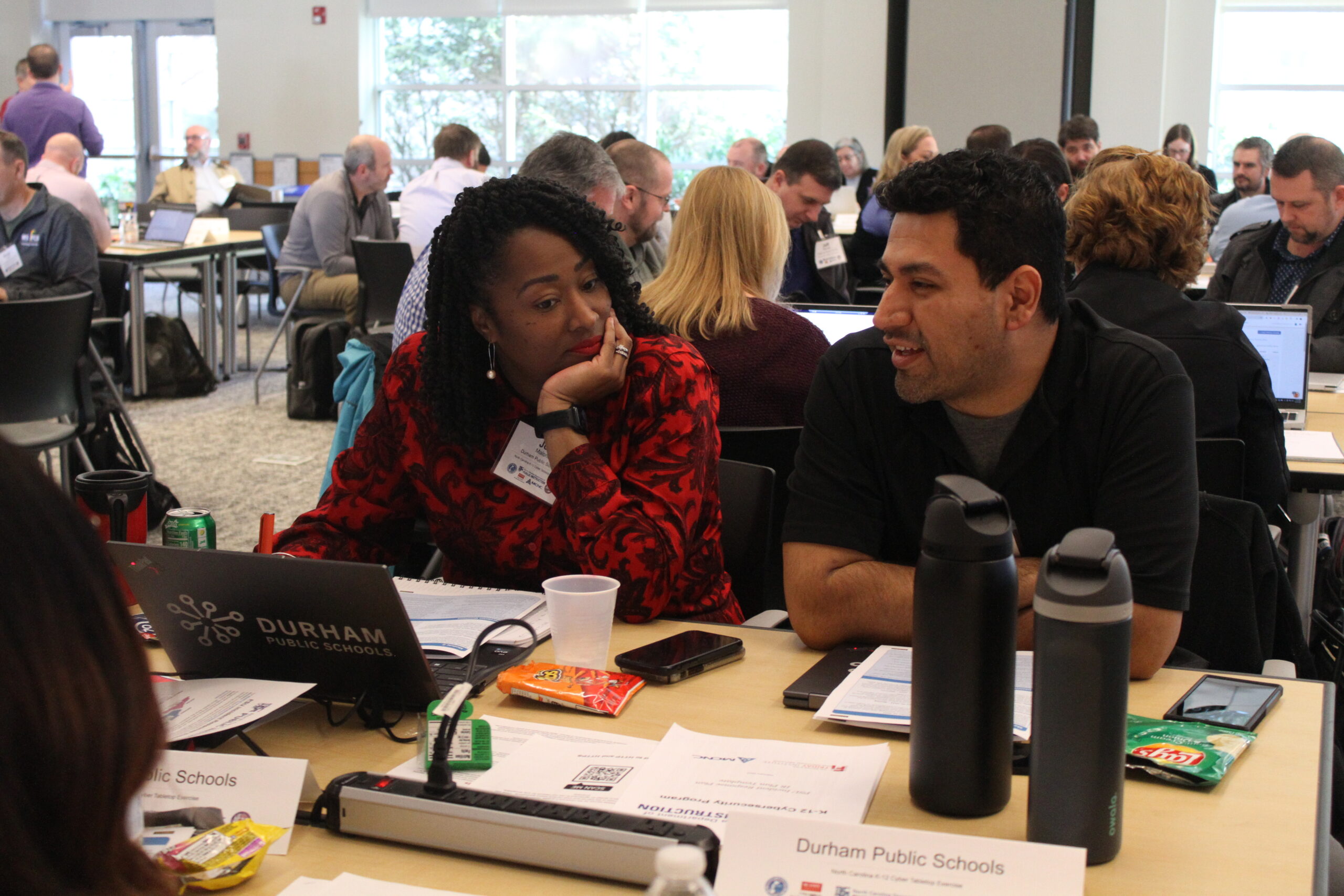Back to School: Helping Children Estimate 6 Feet, Understand Spread of Microbes
Across the state and country, students and their parents are preparing for the return of the school year amid the COVID-19 pandemic. Experts at NC State offer tips to help ease the transition for parents and caregivers.
How can parents help their kids learn about viruses – and other things they cannot see with the naked eye – or understand 6 feet of social distance?
Gail Jones is Alumni Distinguished Graduate Professor of science education and senior fellow at the Friday Institute for Educational Innovation in NC State’s College of Education.
Her research focuses on teaching and learning science with a focus on learning with technology and nanoscale – or very small – science.
Jones suggests there are activities teachers and parents can do with their children to help them learn about viruses, or understand distance.
“Most people are not very accurate estimating lengths of distances, so helping your child develop observation and estimation skills will help them with life-long skills,” Jones said.
She suggested the following:
- To estimate distance, practice measuring with a “body ruler.” Start by using a yard or meter stick, and show your child just how long a foot is on different objects. Help your child use a body part – like the distance from the tip of wrist to the elbow – to estimate a foot length. This body ruler can vary depending on the age of the child.
Then, encourage your child to use the body ruler over a few days to estimate lengths of objects.
The next step is to measure 6 feet on the floor: Mark each end with tape, and have the child pace the distance. Measure different things that are roughly 6 feet.
You could set up a challenge with different objects in the yard or sidewalk, and ask your child to guess if it is 6 feet, more or less.
- Visualizing unseen microbes. Understanding microscopic viruses is a challenge for most of us. There are several ways children can begin to understand the existence of things we cannot see.
Leave out bread or a few slices of apple and watch what grows on the food over a week’s time. Day by day, new kinds of mold or bacteria will begin to decay the food.
Have your child use glitter in an art project. After cleaning up, challenge your child to find bits of glitter on their hands or clothing that were missed in the cleaning. These can represent bacteria that we spread without realizing it.
Another great activity is to put glow-in-the-dark powder on door knobs or table tops without the child knowing it. Later, shine a black light on the surfaces.

